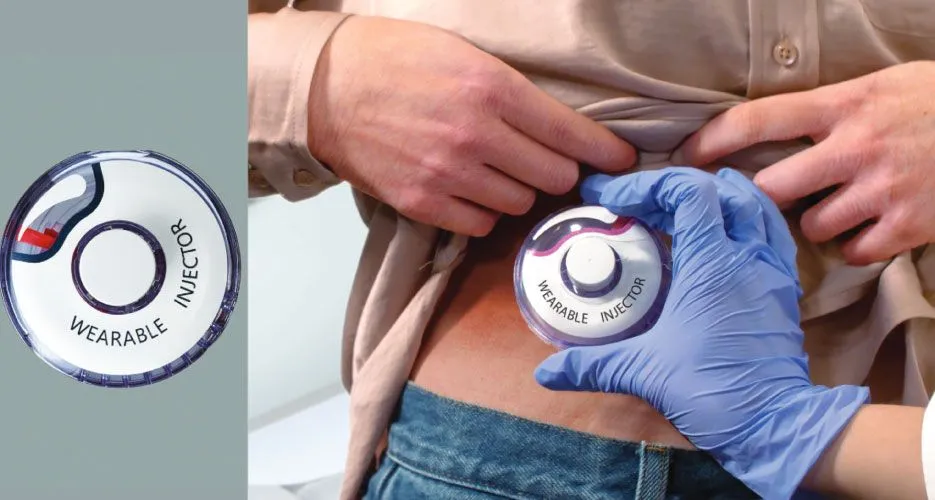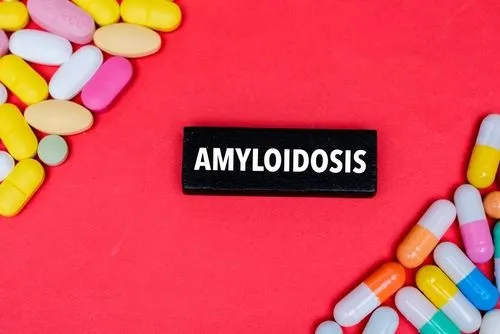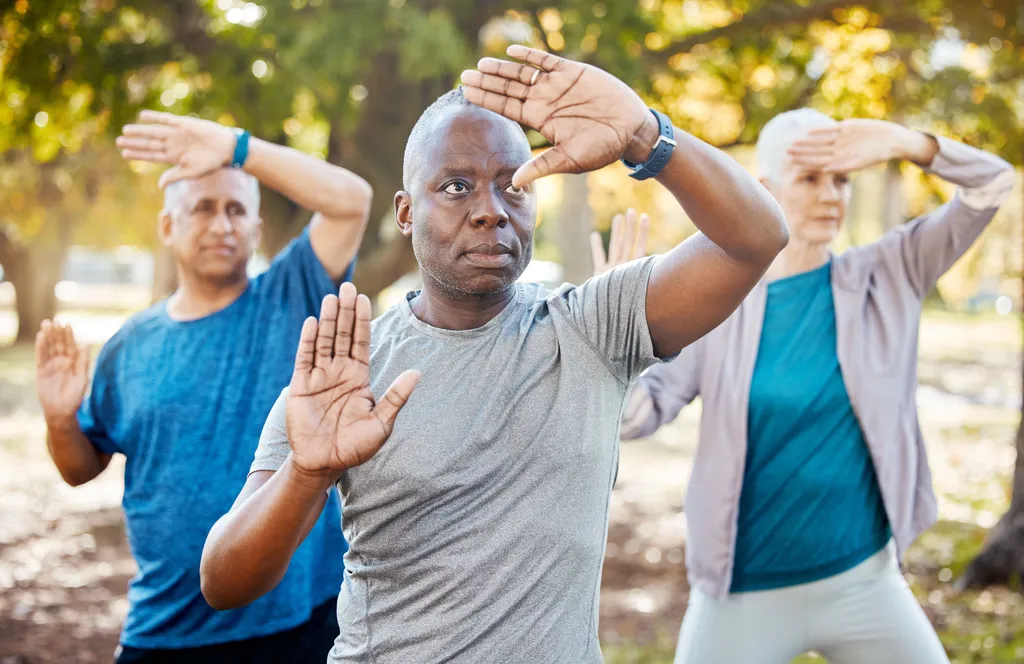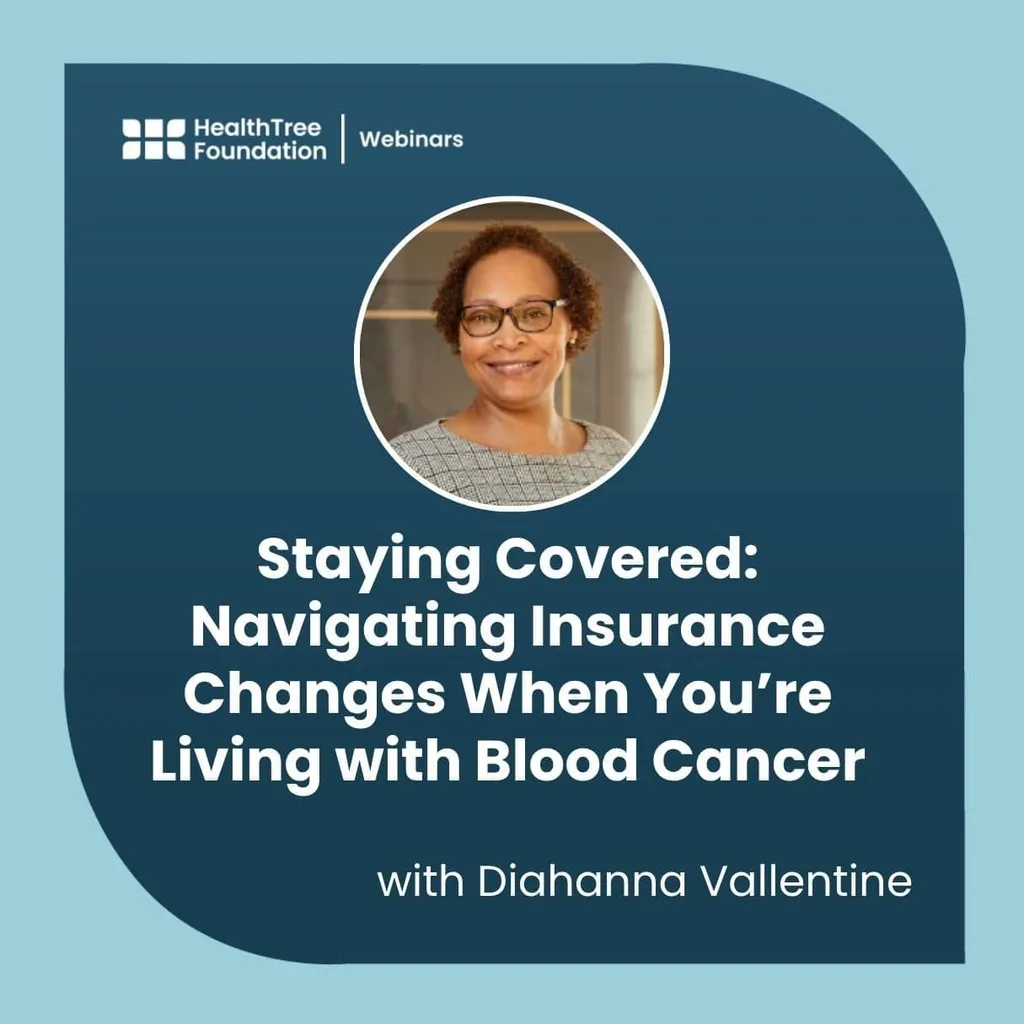Treating High Risk Multiple Myeloma Patients With or Without Elotuzumab: Is There Benefit for Everyone with Quad Therapies?

Quad therapies are getting more attention as they may help extend or deepen responses for myeloma patients. Does the strategy work for high-risk patients as well? The answer is an important one as each additional therapy potentially adds significant cost and toxicities for patients. A recent study for high risk myeloma patients showed that in this case for a quad therapy, more is not always better.
The study just published in The Lancet Haematology is a head-on comparison of the triplet Revlimid-Velcade-dexamethasone (RVd) with or without the addition of the monoclonal antibody elotuzomab (brand name Empliciti). And just for completeness sake, The Lancet is one of the most respected medical journals AND the list of authors of the article in question is a veritable ‘Who’s who in myeloma treatment’. This is the first randomized study of high-risk myeloma to date. The article is a quick and easy read and I highly recommend you give it try.
The study compares the outcomes of two groups each of 50 patients each with high-risk characteristics [‘47 (47%) of 99 had amp1q21, 37 (37%) of 100 had del17p, 11 (11%) of 100 had t(14;16), eight (9%) of 90 were GEPhi, seven (7%) of 100 had primary plasma cell leukemia, five (5%) of 100 had t(14;20), four (4%) of 100 had elevated serum lactate dehydrogenase, and 17 (17%) had two or more features’]. One group was treated with RVd, the other was treated with RVd+Elotuzomab, through induction (8 cycles) and maintenance, up to the time of relapse.
The results can be summarized as follows:
- 'With a median follow-up of 53 months (IQR 46-59), no difference in median progression-free survival was observed (RVd 33·64 months, RVd-elotuzumab 31·47 months.’ [emphasis added]
- '71% of patients in the RVd group, and 77% in the RVd-elotuzumab group had grade 3 or worse adverse events'.
- 'No significant differences in the safety profile were observed, although some notable results included grade 3-5 infections (8% in the RVd group, 17% in the RVd-elotuzumab group), sensory neuropathy [such as ‘pins and needles’, tingling and numbness] (8% in the RVd group, 13% in the RVd-elotuzumab group), and motor neuropathy [progressive weakness of the muscles in the extremities] (2% in the RVd group, 8% in the RVd-elotuzumab group).’
- ‘There were no treatment-related deaths in the RVd group and one death in the RVd-elotuzumab group for which study treatment was listed as possibly contributing by the investigator.’
Both patients and our physicians need more studies of this kind. Not only to define what the better/best therapy is for our disease but also to have a solid understanding of the trade-off between the cost of our treatment and the results expected to be achieved as the addition of a monoclonal antibody to our treatment regimen adds a substantive cost to our treatment (several hundreds of thousands of dollars). With varying "types" of myeloma that include genetics, it is ever more important to have clinical trials show effectivity in these sub group arms.
Quad therapies are getting more attention as they may help extend or deepen responses for myeloma patients. Does the strategy work for high-risk patients as well? The answer is an important one as each additional therapy potentially adds significant cost and toxicities for patients. A recent study for high risk myeloma patients showed that in this case for a quad therapy, more is not always better.
The study just published in The Lancet Haematology is a head-on comparison of the triplet Revlimid-Velcade-dexamethasone (RVd) with or without the addition of the monoclonal antibody elotuzomab (brand name Empliciti). And just for completeness sake, The Lancet is one of the most respected medical journals AND the list of authors of the article in question is a veritable ‘Who’s who in myeloma treatment’. This is the first randomized study of high-risk myeloma to date. The article is a quick and easy read and I highly recommend you give it try.
The study compares the outcomes of two groups each of 50 patients each with high-risk characteristics [‘47 (47%) of 99 had amp1q21, 37 (37%) of 100 had del17p, 11 (11%) of 100 had t(14;16), eight (9%) of 90 were GEPhi, seven (7%) of 100 had primary plasma cell leukemia, five (5%) of 100 had t(14;20), four (4%) of 100 had elevated serum lactate dehydrogenase, and 17 (17%) had two or more features’]. One group was treated with RVd, the other was treated with RVd+Elotuzomab, through induction (8 cycles) and maintenance, up to the time of relapse.
The results can be summarized as follows:
- 'With a median follow-up of 53 months (IQR 46-59), no difference in median progression-free survival was observed (RVd 33·64 months, RVd-elotuzumab 31·47 months.’ [emphasis added]
- '71% of patients in the RVd group, and 77% in the RVd-elotuzumab group had grade 3 or worse adverse events'.
- 'No significant differences in the safety profile were observed, although some notable results included grade 3-5 infections (8% in the RVd group, 17% in the RVd-elotuzumab group), sensory neuropathy [such as ‘pins and needles’, tingling and numbness] (8% in the RVd group, 13% in the RVd-elotuzumab group), and motor neuropathy [progressive weakness of the muscles in the extremities] (2% in the RVd group, 8% in the RVd-elotuzumab group).’
- ‘There were no treatment-related deaths in the RVd group and one death in the RVd-elotuzumab group for which study treatment was listed as possibly contributing by the investigator.’
Both patients and our physicians need more studies of this kind. Not only to define what the better/best therapy is for our disease but also to have a solid understanding of the trade-off between the cost of our treatment and the results expected to be achieved as the addition of a monoclonal antibody to our treatment regimen adds a substantive cost to our treatment (several hundreds of thousands of dollars). With varying "types" of myeloma that include genetics, it is ever more important to have clinical trials show effectivity in these sub group arms.

about the author
Paul Kleutghen
I am a patient diagnosed in 2014 with primary plasma cell leukemia (pPCL), a rare and aggressive variant of multiple myeloma and have been very fortunate to find successful treatment at the division of Cellular Therapy at the Duke University Cancer Institute. My wife, Vicki, and I have two adult children and two grandsons who are the ‘lights of our lives’. Successful treatment has allowed Vicki and I to do what we love best : traveling the world, albeit it with some extra precautions to keep infections away. My career in the pharmaceutical industry has given me insights that I am currently putting to use as an advocate to lower drug pricing, especially prices for anti-cancer drugs. I am a firm believer that staying mentally active, physically fit, compliant to our treatment regimen and taking an active interest in our disease are keys to successful treatment outcomes.
More on Treatment Advances
Trending Articles
Upcoming Events




Get the Latest Multiple Myeloma Updates, Delivered to You.
By subscribing to the HealthTree newsletter, you'll receive the latest research, treatment updates, and expert insights to help you navigate your health.












